
2019 Brehm Conference
SPEAKERS
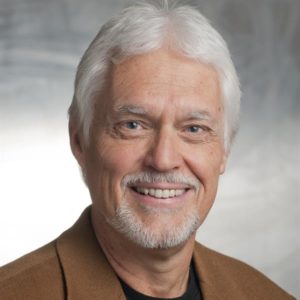
JAMES KRABILL
Senior Mission Advocate
Mennonite Mission Network
Arts and Mission: A Complex Story of Cultural Encounter
The encounter between Western missionaries and the arts of local cultures is a complicated and often checkered one. Christianity has on one hand been accused of “cultural genocide,” of qualifying as “satanic” any artistic expressions deeply rooted in the religious worldviews of populations designated as unevangelized. Some messengers of the gospel, however, have adopted a more cautious, discerning approach and given their best efforts to preserving local languages, art forms, musical traditions, dress patterns, and architectural styles present in the cultures where they have lived and served. With the emergence of vibrant indigenous faith communities, this conversation has only intensified as worship leaders, evangelists, theologians, youth, and everyday parishioners seek together a faithful response to this complex issue of interreligious and interfaith encounter. Differing perspectives between and among Roman Catholics, mainline Protestants, Orthodox churches, evangelicals, Pentecostals, and more locally initiated movements make the debate an even more fascinating one, not to mention the widely divergent geographical and religious settings across the globe that give specific shape to these conversations.
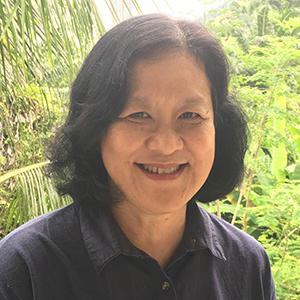
SOOI LING TAN
Adjunct Assistant Professor, Fuller Seminary
Adjunct Lecturer, Malaysia Baptist Theological Seminary
Sounds of Our Lands: Performing Arts in Identity Formation and Post-conflict Reconstruction in Southeast Asia
Christianity is a minority religion in Southeast Asia. Marginalized by their majority religious neighbors, Christians also live in conflict and in post-conflict contexts. It is my contention that in order for the Christian church to be firmly rooted in Southeast Asian soil and to flourish, three emerging challenges need to be addressed: the challenge of incorporating a more local identity, the challenge of religious resurgence, and the challenge of engaging injustice and poverty. This presentation examines first the role of performing arts in negotiating and shaping a local identity. A greater incorporation of local faith expressions will help shed the lingering perception of Christianity as a foreign religion and pave the way for greater acceptance by the wider cultural and religious communities. We will refer to Sanggar Mekar Asih, a group in Bandung, Indonesia, that uses Sundanese song and dance for Christian witness as an example. Second, we will reflect on the contribution of creative arts to post-conflict reconstruction as illustrated by organizations such as Epic Arts, an inclusive arts organization in Cambodia. Epic Arts uses art as a form of expression and empowerment to bring people with or without disabilities together.
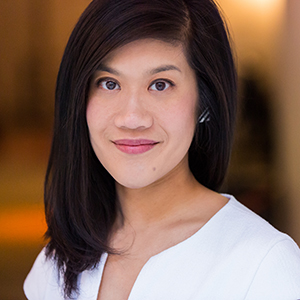
JOYCE LEE
Assistant Professor of Digital Media, Marist College
Wild Wild China: Contemporary Art and Neocolonialism
Asian Art Week, Ai Wei Wei, and WeChat selfies . . . Does contemporary Chinese art signify the current state of culture and religion in China? This presentation shares personal observations of the contemporary art world in China and explores its complex relationship with the legacy of Eastern religions, growth of Chinese GDP, increasing autocracy of Chinese political power, and trade relations with the West. Western commodification of the Chinese Cultural Revolution produced Chinese art celebrities, who exported their social/political activism overseas. This art market fostered politicization and activism in Chinese art production that parallels the increased relaxation of Chinese government monitoring over Christian religious practice. Despite the fact that modern art education in China is built on Western aesthetics, there is little connection to church history or with Christian life in China. The implications for Christianity and the possibility for spiritual pursuits to replace the commercial and political focus in contemporary Chinese art will be explored.
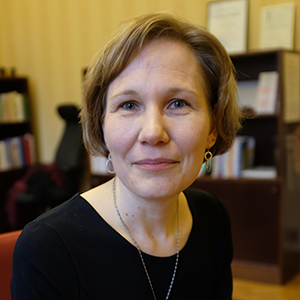
RUTH ILLMAN
Director, Donner Institute for Research in Religious and Cultural History
Associate Professor of Comparative Religion
Åbo Akademi University
Art as Dialogue: Exploring Sonically Aware Spaces for Interreligious Encounters
Building on the theoretical framework developed in Theology and the Arts: Engaging Faith (Illman & Smith 2013), this lecture presents the arts as dialogue in themselves and of their own right. Focusing especially on music, the argument is put forward that the arts should not be regarded as mere illustrations of theological claims and cognitive contents, often assumed to be the “real” substance of dialogue. Instead, they can create nuanced dialogical spaces of their own. This approach, inspired by the ongoing aesthetic turn in religious studies, does not disqualify text-centred and rational dialogue efforts, but rather suggests a more complex, non-binary view of dialogue where intellectual and emotional, cognitive and embodied dimensions are integrated into a nuanced and comprehensive engagement across religions. A number of European case studies are explored to illustrate these claims: projects where music and singing are used to create open, embodied, and engaged spaces for Jewish-Christian-Muslim dialogue. As a conclusion, key themes for more sonically aware research on interreligious understanding are suggested.
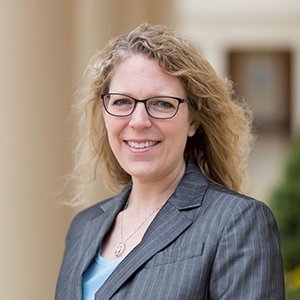
MICHELLE VOSS ROBERTS
Principal and Professor of Theology at Emmanuel College of Victoria University in the University of Toronto
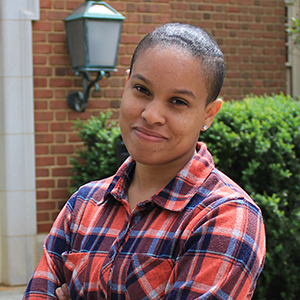
DEMI “DAY” MCCOY
Project Coordinator, Anna Julia Cooper Center
Program Coordinator, School of Divinity Office of Admissions
Wake Forest University
“Let the Sacred Be Redefined by the People”: An Aesthetics of Liberation Across Religious Lines
In Christian encounters with Hinduism in India, a shared cultural vocabulary—specifically, the aesthetic category of rasa (mood or taste)—facilitates interreligious understanding. Rasa theory opens up the entire emotional spectrum as places of human connection and understanding, and it pinpoints common embodied and affective experiences present in transreligious phenomena such as contemplation, devotion, and righteous anger. Working from the interreligious dimensions of fury in Dalit spirituality, presenters Michelle Voss Roberts and Demi McCoy apply rasa theory to understand the interreligious connections happening through hip hop. This medium opens up a dialogue of life, action, and experience between prophetic voices in multiple contexts. Faith leaders such as McCoy, who performs under the name Demi Day, tap into hip hop as a living aesthetic tradition that protests social injustice in ways that cross religious lines. Like the multireligious expressions of demands for Dalit liberation, we interpret these aesthetic expressions of anger as expressing a gospel of liberation that is being “redefined by the people.”
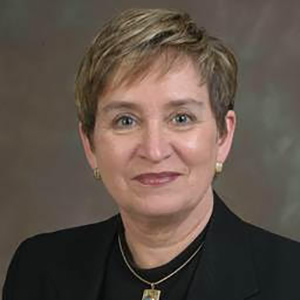
RUTH MARIE STONE
Professor Emerita of Ethnomusicology and African Studies
Director, Ethnomusicology Institute
Indiana University
God Moves in a Mysterious Way: Christian Church Music in Multi-Faith Liberia, West Africa, in the Face of Crisis and Challenge
Christian music played a powerful role in Liberia, West Africa, during a recent protracted civil war (1989–2003) as well as throughout the Ebola hemorrhagic fever epidemic (2014–2016). When war or illness threatened, believers and members of other faith traditions turned to powerful performances involving singing, dancing, and instrumental playing to provide strength, hope, and healing. Health workers, choirs, and congregations mobilized themselves for the challenges they faced. In this presentation, I will consider song performances that received intensified attention during these crises and proved to be indexical of a particular moment. During the civil war, for example, “God Moves in a Mysterious Way” echoed across Liberia and the diaspora in North America as it took on new layers of meaning with complex coded interpretations. A familiar hymn became a spiritual nexus for collective communion by people with a variety of religious traditions. In those key moments people experienced deep catharsis and communal connections.
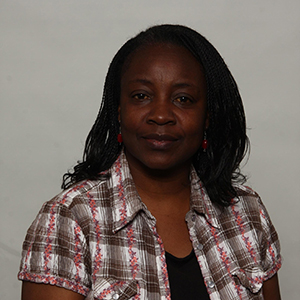
JEAN NGOYA KIDULA
Professor of Music (Ethnomusicology) and Chair of Ethnomusicology
Hugh Hodgson School of Music, University of Georgia
Multifaith Resourcing: (Re)turning, (Re)tuning, (Re)sounding, and (Re)assembling the Lord’s Song in Kenya and South Africa
There has been a phenomenal growth in the Christian music industry in many African countries in the last 30 years. The assortment of styles was originally cued by (Western) historical models or contemporary musics. However, by the end of the 20th century, most Christian musicians began to draw from local urban and rural resources previously rejected as pagan and inappropriate, or from styles associated with other “foreign” religions such as Islam or Hinduism. Drawing from examples in Kenya and South Africa, I will discuss the (re)turn to indigenous musicking in rural and urban churches, the (re)tuning of the Christian soundscape by appropriating styles of Africanist churches, the (re)sounding of the tonality associated with Islam and Hinduism, and the (re)assembling of the Lord’s song in lyrics and formats that reflect theologies, desires, needs, and contexts that target populations embrace for private and public worship, witness, spiritual formation, and practical living.
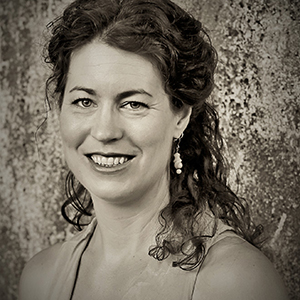
MEGAN MEYERS
Adjunct Professor of Global Arts and World Religions, Fuller Seminary
Lecturer of Worship Arts, Communication and Contextualization, Bible Institute of Sofala and Baptist Bible Institute, Beira, Mozambique
Crate-Digging through Culture: Hip Hop and Mission in Pluralistic Southern Africa
Almost half of the African population is Christian. This enormous demographic shift from European industrialized nations to the Global South has, according to Lamin Sanneh, left Africans “ill-equipped and under-resourced” to be the voice of Christianity worldwide—a voice that is increasingly comprised of poor urban youth. As hip hop has become arguably one of the most relevant cultural forms of expression for African youth, this presentation will explore the topic of music and youth in the multifaith cities of Africa through the life of Ibraimo, a Christian rapper in Beira, Mozambique. Issues raised in his story include multifaith dialogue, urban migration, education, and globalization, powerfully illustrating broader missiological concerns. This presentation will address how arts are currently being engaged in local church contexts in relation to witness, worship, and discipleship, and provoke key considerations for culturally appropriate communication and critical contextualization of the gospel.
CONFERENCE ORGANIZERS
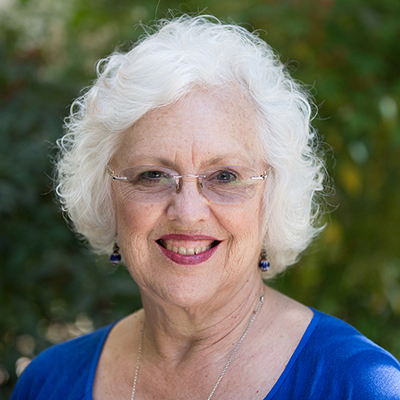
Roberta R. King
Professor of Communication and Ethnomusicology

William A. Dyrness
Senior Professor of Theology and Culture and Dean Emeritus
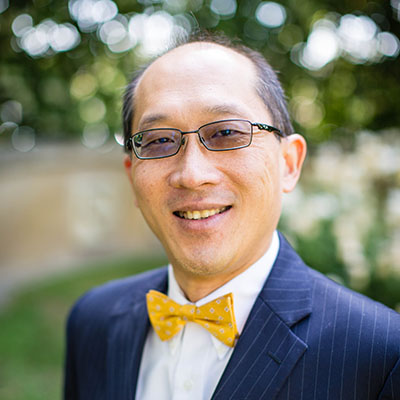
Amos Yong
Professor of Theology and Mission and Director of the Center for Missiological Research
